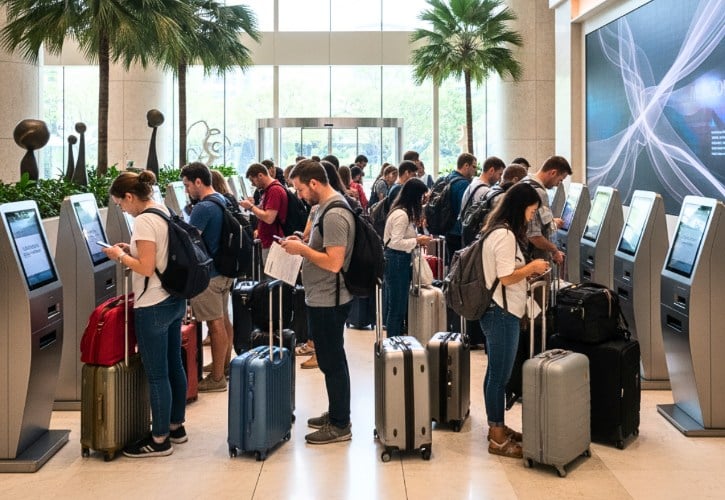
Singapore’s hotels are world-class, but choosing the right one takes more than luck.
A few smart choices can save you money, time, and stress.
Here are 10 costly mistakes travelers often make when booking hotels in Singapore, along with simple ways to avoid them. 😊
1. Staying Far from an MRT Station
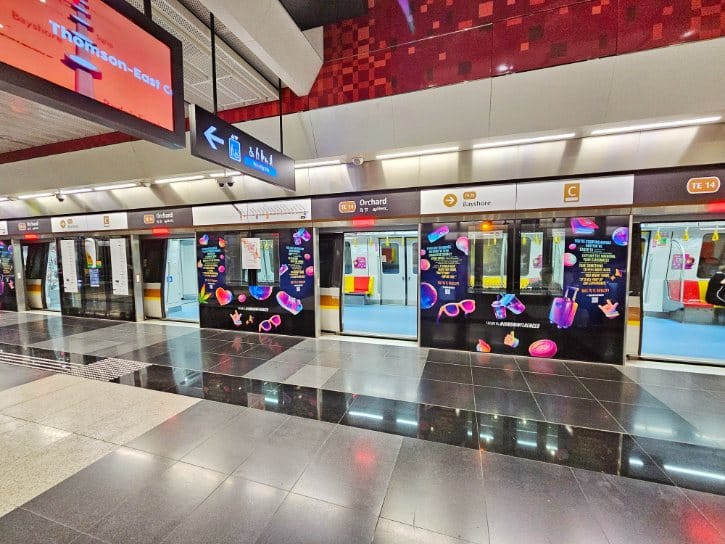
You find a cheaper hotel and think, “It’s only a 15-minute walk to the MRT. I can manage that”.
Here’s why that’s a problem:
- Singapore is hot and humid year-round (30–32°Cs)
- A 15-minute walk leaves you drenched before your day starts
- You’ll waste time and money on taxis or long bus rides
- Almost no hotels offer free airport shuttles in Singapore
The MRT (Mass Rapid Transit) is the fastest, easiest way to get around.
In this efficient city, location is everything. Staying near an MRT lets you zip to Orchard Road, Sentosa, Marina Bay, or the Zoo with ease.
What to do instead:
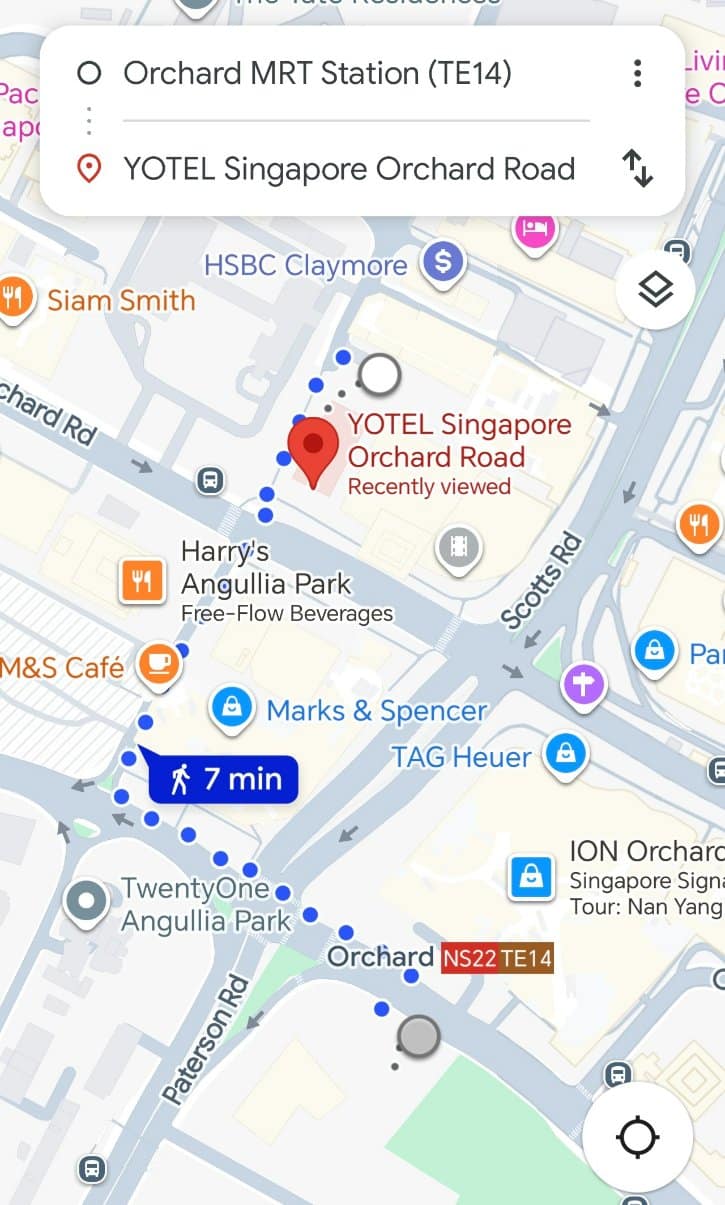
- Prioritize hotels within a 5 to 10-minute walk from an MRT station exit
- Use map view and look for nearby station names (Eg. Orchard, Bugis, Chinatown MRT)
- Confirm the nearest MRT stop and travel time to your key attractions before booking
- Budget extra time and Grab/taxi fares if you book farther out
2. Choosing the Wrong Neighborhood for Your Needs
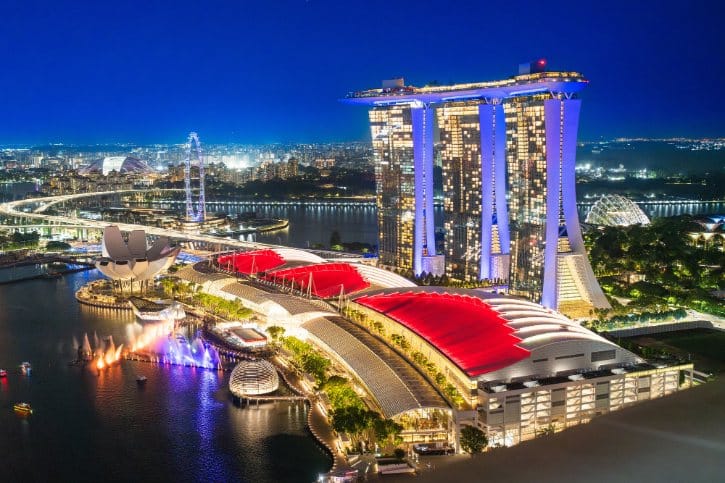
Singapore has many districts, from upscale Marina Bay to cultural Little India to resort-like Sentosa Island.
It’s easy to pick a hotel in an area that sounds nice, only to realize later it’s not aligned with your itinerary.
Here’s what happens when you get it wrong:
Sentosa Island is fantastic for beach resorts and family attractions (Universal Studios, aquarium), but if you’ll spend most days in the city (Marina Bay, Orchard Road), commuting from Sentosa is a hassle.
You’ll need to take the Sentosa Express monorail or cable car back to the mainland, then connect to the MRT.
Each area has its vibe:
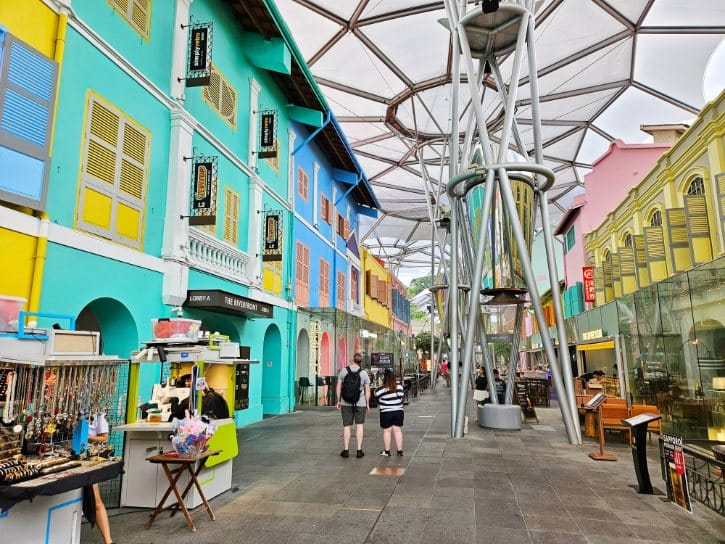
- Clarke Quay: Nightlife central (fun but can be noisy at night)
- Orchard Road: Great for shoppers (malls everywhere)
- Bugis: Mix of shopping, street markets, and local food
- Chinatown and Little India: Culture and hawker foods
- Marina Bay: Iconic skyline views and tourist attractions
- Sentosa: Beach resorts and theme parks
If you choose blindly, you might end up far from your interests or in an area that “sleeps” when you want to go out.
What to do instead:
- Match your hotel area to your itinerary
- First-timers: Orchard, Clarke Quay, Little India, Marina Bay, Bugis, or Chinatown are safe bets (easy MRT access and plenty to do)
- For families planning zoo and Sentosa visits: Consider splitting your stay, a few nights in the city and a couple on Sentosa
- Love nightlife? Clarke Quay
- Foodies? Chinatown puts you near Maxwell Food Centre and endless hawker stalls
- Review what’s around the hotel on a map before booking
3. Not Checking Peak Seasons and Events

You assume that hotel prices in Singapore are stable year-round, or you simply forget to check the calendar.
It’s easy to be caught off-guard by how dramatically prices spike during major holidays or events.
Here’s why it matters:
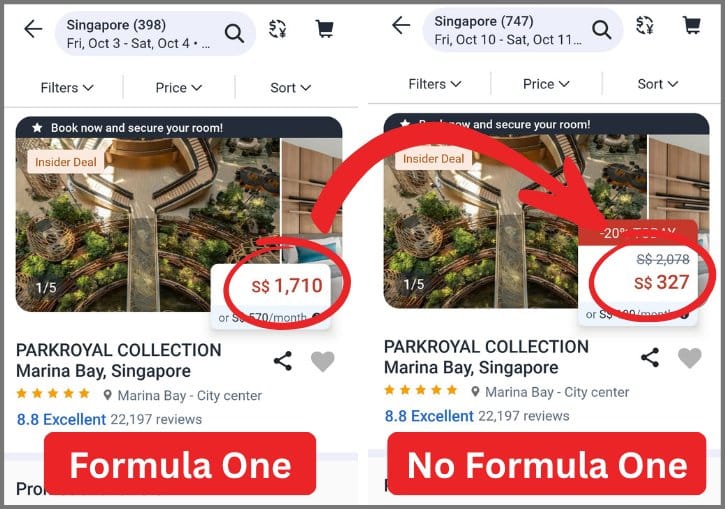
- Demand surges during big events and holidays, and so do prices
- During Formula One (October), hotel rates near the street circuit can jump up to 4 times the normal price
- Trackside hotels around Marina Bay sell out many months in advance (some F1 fans book a year ahead)
- Late December through New Year’s is a peak travel period
- Hotels can be 20–80% more expensive during these times compared to off-peak
Peak periods to watch:
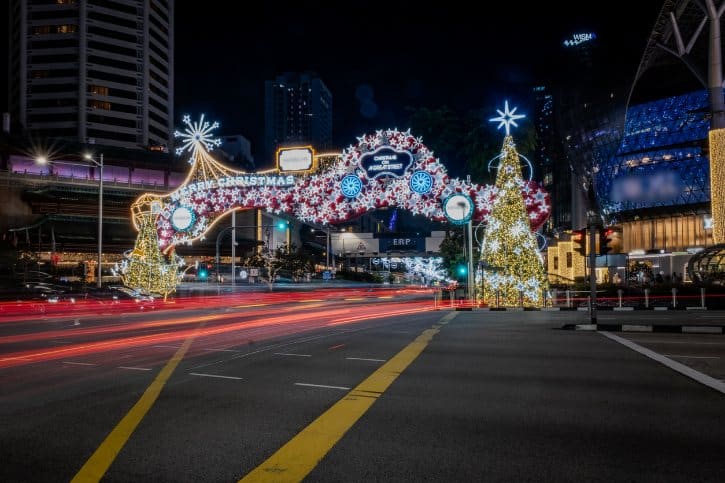
- Christmas/New Year’s (late December): Major price spike, book 3-6 months ahead
- Formula One Grand Prix (October): Book 6-12 months ahead, prices can jump up to 4 times
What to do instead:
- Check Singapore’s event calendar when scheduling your trip
- Book 3-6 months ahead for peak times (or more for F1)
- If your dates are flexible, avoid F1 week or public holiday weekends to get normal rates
- For peak periods in Singapore, the early planner gets the room at a reasonable price.
4. Paying for Hotel Breakfast Every Day Instead of Eating Like a Local
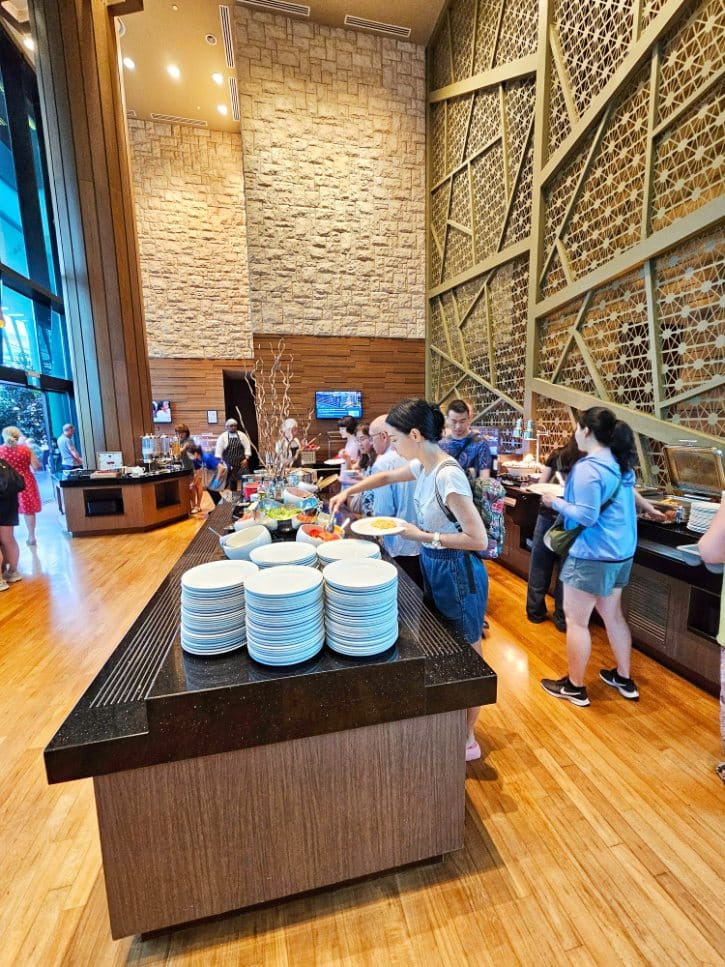
It seems convenient to add the hotel’s breakfast package when you book. You figure it saves time and hassle in the morning.
Here’s why that’s costly:
- Hotel breakfast buffets at mid-range or upscale hotels typically cost S$20–$40 per person (even more at luxury properties)
- The variety isn’t as impressive as other countries like Thailand, but you’re still paying premium prices
- You lock yourself into eating at the hotel instead of exploring Singapore’s famed morning food culture
Meanwhile, Singapore is street food heaven, with countless hawker centres, cafes, and bakeries serving delicious breakfasts for a few dollars.
Local breakfast costs:
- Kaya toast set (toast with coconut jam, soft-boiled eggs, and coffee): S$5–$7
- Bowl of noodles or roti prata at a hawker stall: under S$6
- You can easily eat breakfast like a local for S$5–$7 per person
What to do instead:
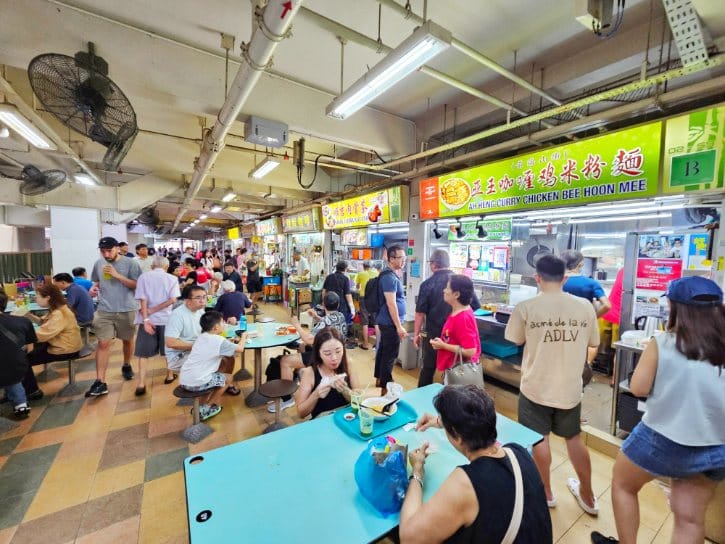
- Consider going room-only and eating outside
- Check how much hotel breakfast costs (if it’s S$30+ each, you can eat well for a fraction at a hawker centre)
- Most hotels in central areas are walking distance to great breakfast spots
- Near Bugis? Try Kopitiam at Bugis Junction or Albert Centre hawker food
- Near Orchard? Food Republic, Food Opera, Hawkers’ Street @ ION
- Near Little India? Tekka Centre
- Around Chinatown? Chinatown Complex, Hong Lim Market & Food Centre, or Maxwell Food Centre
Exceptions: If your hotel is isolated (some Sentosa resorts) or you have a very tight schedule that makes going out a hassle.
5. Skipping Hotel Reviews
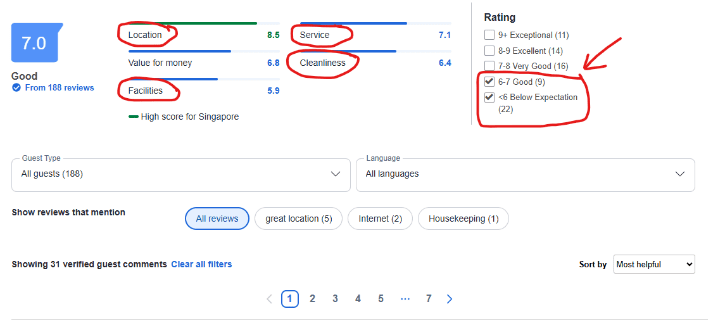
It’s easy to be swayed by glossy photos and the hotel’s own marketing. You might book based on star rating or brand alone, without diving into recent guest reviews.
Here’s what you miss:
Recent guest reviews are your most honest source of information. They reveal recurring problems that polished photos hide.
Common issues you’ll only find in reviews:
- Very small rooms or rooms without windows (common in budget or boutique hotels)
- Noise problems (busy road, construction site, or nightclub nearby)
- Thin walls or street noise
- Cleanliness issues (moldy smell, unreliable Wi-Fi)
- Ongoing renovations (pool closed, lobby construction)
What to do instead:
- Read recent reviews on multiple platforms (especially for mid-range and budget hotels)
- Don’t just trust the overall score. Click into the 1–2 star reviews to see if there are common threads
- Check recent reviews (last few months) for any new issues like renovation noise or service quality dips
- Look for specifics: “room smelled of smoke”, “aircon not cold”, “5-min walk to MRT but uphill”
- If you see the same complaint 3-4 times, consider it a real problem
- Check management responses. Are they addressing issues or just using templated replies?
6. Assuming Every Hotel Has a Pool
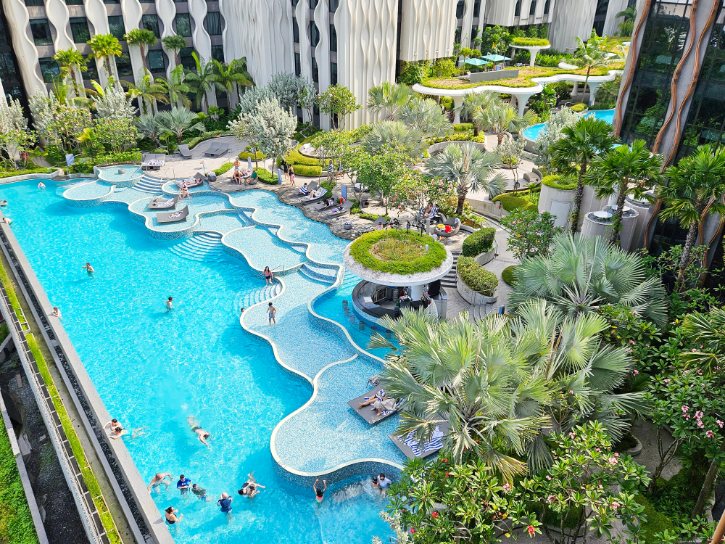
In a vacation destination, one might assume that a pool or gym is standard, or that every hotel has a concierge, spa, or room service.
Here’s the reality:
- Not all hotels have the facilities you might expect
- Swimming pools are common in 4-5 star hotels, but plenty of mid-range or boutique hotels have no pool at all
- Many shophouse-style boutique hotels (found in Chinatown, Kampong Glam) lack space for a pool or gym
- Even some three-star chain hotels skip pools to maximize room count
What to do instead:
- Double-check the amenities list before booking
- Never assume “every hotel has a pool/fitness center/room service”
- Filter your search for “pool” or “fitness center” if it’s important to you
- Read the hotel’s fact sheet to see if the pool is currently open (occasionally pools close for maintenance)
- Check for other must-haves: 24-hour front desk, elevator, laundry facilities
- Some capsule hotels have limited reception hours
- A few heritage boutique hotels don’t have elevators (problem if you have heavy luggage)
- Not all “double” rooms have a king/queen bed (some are two twins pushed together)
7. Neglecting Room Details
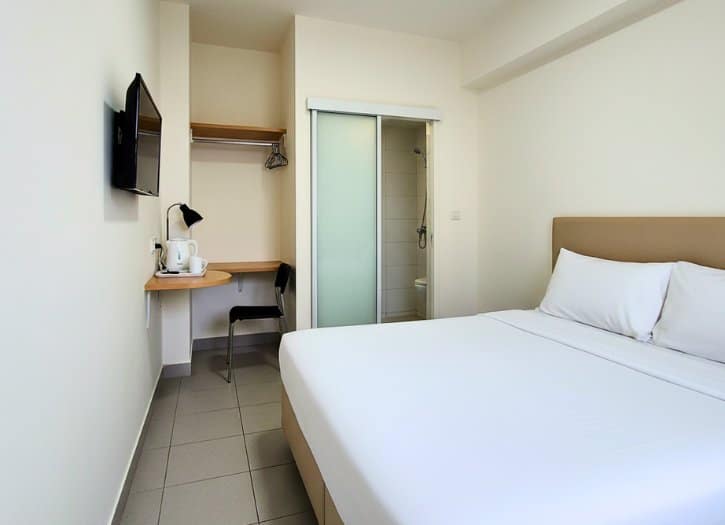
When booking, we often focus on price, location, and star rating.
It’s easy to assume a “double room” is a normal size, or that a hotel room will obviously have a window and quiet environment.
Here’s what you might walk into:
Hotel rooms here can be much smaller than you’re used to, and some have no windows.
Land is expensive and limited, so many budget and boutique hotels have tiny rooms.
Room size reality:
- Rooms of 10–15 square meters (100–160 sq ft) are common
- Basically enough space for a bed and a suitcase on the floor
- YotelAir at Changi Airport offers “cabins” that are only 10 m² (including the bathroom!)
- Sandpiper Hotel in Little India has “Superior Queen (No Window)” rooms of only 8 m²
The “No Window” issue:
- Some cheaper rooms are explicitly “No Window” rooms (interior cabins)
- Common in areas like Geylang, Little India, and even chic boutique spots
- These can be dark and some people feel trapped or uncomfortable in them
- You wake up not knowing if it’s day or night
Noise problems:
- Room might be next to an elevator, ice machine, or facing a busy street or bar
- Older buildings or shophouse conversions might have thin walls
What to do instead:
For room size and layout:
- Check room specifications when booking. Look at the room size listed
- If it’s under 15 m², know that it will be very tight
- If a listing says “No Window” or shows a room with no window in photos, understand what you’re choosing
- No window rooms can save money and actually be quieter (no street noise) and darker for sleeping, but you’ll miss natural light
- For families, pay attention to bed configuration: “twin” = 2 single beds, “double” might be just a standard queen bed
- Check if an extra bed can even fit in the room if you need one
- Read reviews. People will call out “room was shoebox size” or “no space to open suitcase”
For noise:
- Request a quiet room when you book: “High floor, away from elevator and karaoke lounge”
- Hotels often honor such requests when they can
- If you’re a light sleeper, avoid hotels known for nightlife on premises or those in party zones
- Bring earplugs just in case
8. Forgetting to Compare Across Booking Platforms
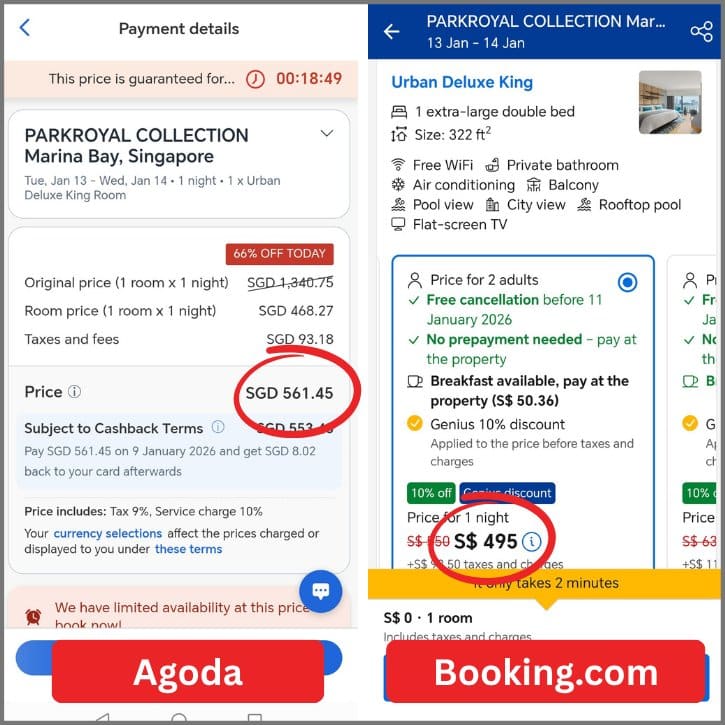
Perhaps you always use one booking site (say, just Booking.com or only Agoda) or you book directly with the hotel out of habit.
Many travelers don’t realize how competitive the online travel market is in Asia.
Here’s what you’re missing:
- Room rates can vary between sites, and apps often have exclusive discounts
- A hotel might be S$561.45 on one site and S$495 on another due to flash sales, credit card promotions, or affiliate deals
- OTAs reward users for booking through their app with lower prices (5–10% cheaper than on your laptop)
- Some sites have loyalty programs (Booking’s Genius, Hotels.com Rewards) that can knock 10% off or include perks like breakfast
What to do instead:
- Shop around before you finalize. Spend a few extra minutes to check at least 2–3 platforms
- Compare: Booking.com, Agoda, Trip.com, Expedia
- Compare the final price (including taxes) for your dates
- Check the hotel’s own website too. Occasionally they offer price-match guarantees or package deals
- Use incognito mode or clear cookies if worried about dynamic pricing
- Important: Check on a mobile app as well. Many sites flag special “Mobile-only price” deals
- Consider if you have loyalty status or credit card promos
9. Misunderstanding Child and Extra Guest Policies
The booking site says “children stay free”, so you book a standard room for two adults and two kids.
Here’s the catch:
- Hotel rooms in Singapore are usually priced for 2 adults
- If you show up with a third adult or extra kids, the hotel can charge you for an additional person or require you to upgrade to a larger room
- Many hotels consider children 12 or above as adults for pricing
- Example: One hotel’s policy states children 12 and up must be counted as adults, while one child under 12 can share existing bedding at no charge
- If you arrive with two teenagers expecting to squeeze into a double room, you might be told to purchase an extra bed (often S$80–120++ per night for a rollaway)
What to do instead:
- Read the hotel’s policy section before booking
- Always declare the correct number of guests on your reservation, including children and their ages
- This ensures the price includes any extra person fees and that the room can accommodate you all
- If you have 3 adults, look for triple rooms or pay for an extra bed upfront (cheaper than surprise charges)
- For families, check if the hotel has family rooms or if kids stay free on existing bedding (and up to what age)
- If you need amenities like a crib or adjacent rooms, request them in advance
- Confirm late check-in if you’re arriving past midnight (so they don’t mark you as a no-show)
10. Getting Trapped by “Non-Refundable” Rates
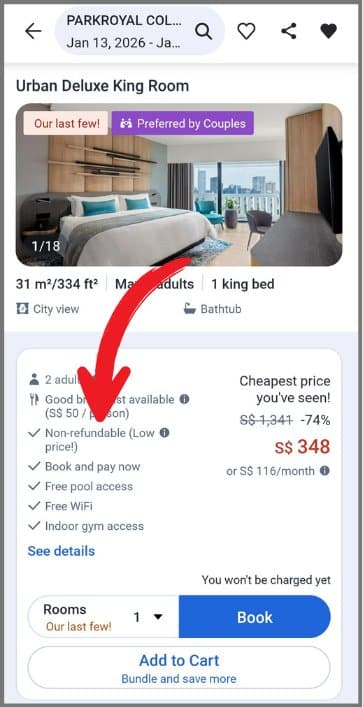
The lure of a cheaper price is strong. Hotels and OTAs often offer non-refundable (advance purchase) rates that are 5-15% lower than flexible options.
You opt for these to save money, not fully considering what happens if your plans change.
Here’s the risk:
- Plans can change, and non-refundable means you lose your money, period
- Unexpected things happen: flights can be delayed or canceled, travel advisories can change, you might get sick, or your visa/entry might be denied
- If you booked a non-refundable hotel and can’t make it, you’re typically charged 100% as a no-show
- Can’t shorten or adjust your stay. No refund or date change allowed
- In Singapore, where hotel nights are expensive, that could be hundreds of dollars lost
- If you find a better hotel deal later, you’re locked in and can’t rebook without eating the cost
What to do instead:
- Use non-refundable rates wisely (or protect yourself with insurance)
- Before choosing the cheaper non-refundable deal, ask: “How certain are my dates?”
- If your trip is set in stone or a short weekend jaunt: Non-refundable can be fine. Just double-confirm all details (flight times, etc.) and be comfortable with the commitment
- If there’s any chance you may need to change or cancel: It’s often worth paying a bit more for a free cancellation option (many hotels allow cancel up until 1–2 days before arrival)
- Another strategy: If the savings are significant, consider buying travel insurance that covers trip cancellation. Make sure “trip cancellation” is included and note what reasons are covered
- Read the cancellation terms carefully: Some “semi-flexible” rates allow changes for a fee, others are zero-refund from the moment you book
- Don’t assume a friendly plea will get your money back. Singapore hotels, especially big chains, stick to policy strictly
Related Posts
Photo Credit:
Photos by PIXTA

